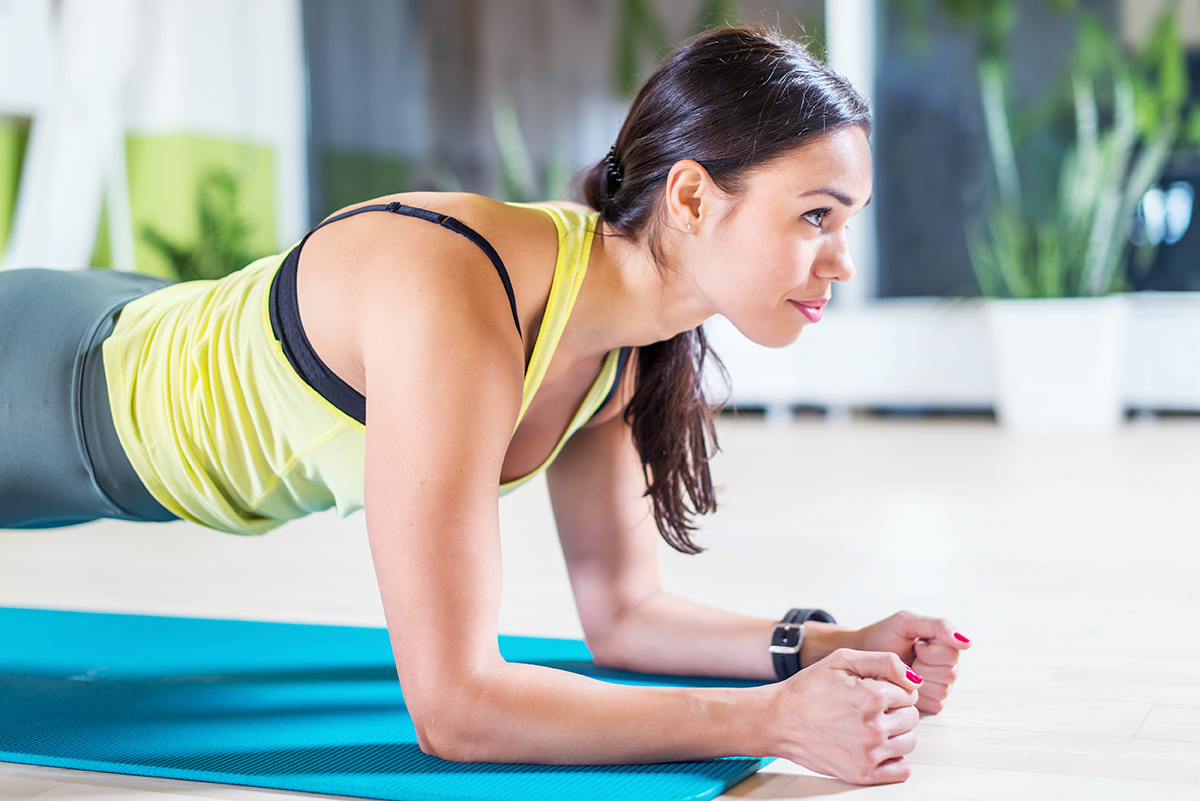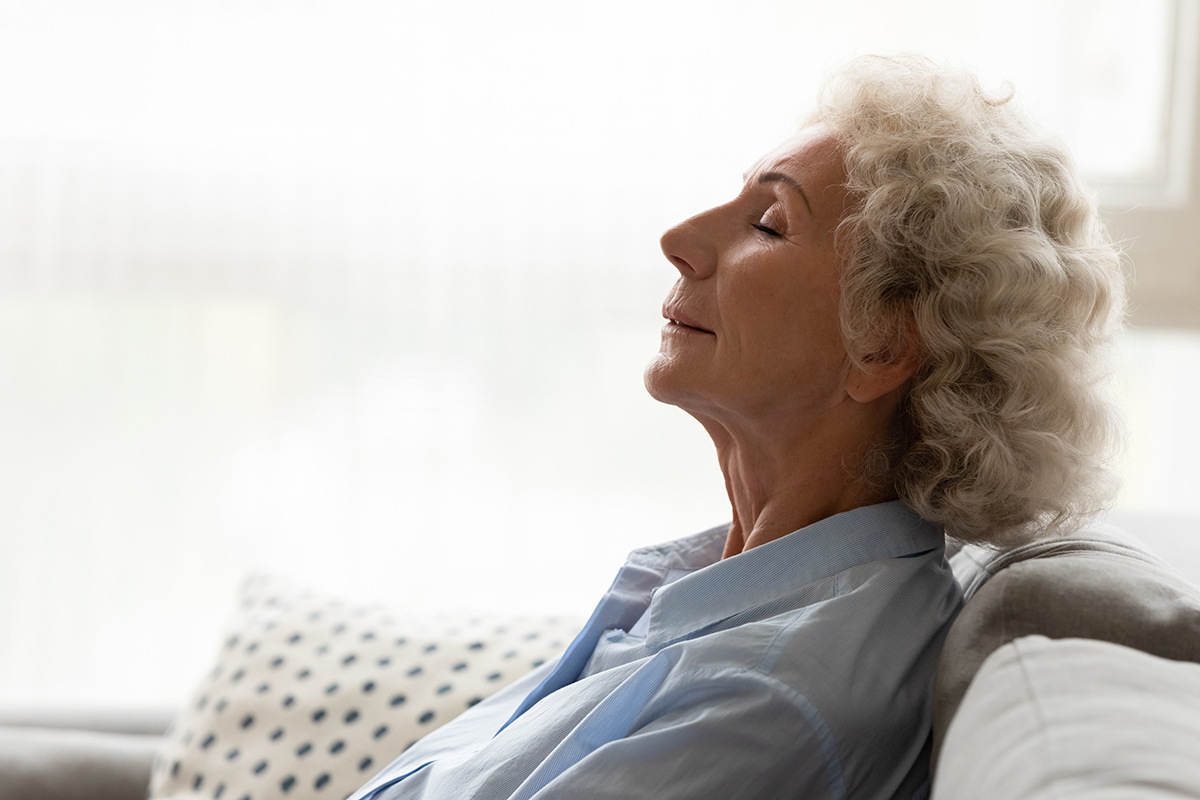Power Up Your Planks!
You know the importance of core strength — tone abdominals, obliques, and glutes. Thanks to spinal health, gone are jerky sit-ups. Ab crunches increase the “C” curve we have from sitting. New research says isometric planks are not effective. How can we improve our functional core stability? The answer is power!

Power = Work X Speed
We need power to avoid a fall. We use power to stand gracefully. What is a power plank? Consider Yoga — unison of breathing with posture and mental focus. Let’s skip the Sanskrit. Simply focus only on the exhale phase, to drive each outgoing breath with an abdominal contraction, about once or twice per second.
Plank Basics
Depending on comfort, support yourself on hands or forearms, and on knees or toes. Plank means straight hips. To protect your lumbar, lengthen it. Our sedentary lifestyle puts extra curve in the back. For neutral pelvis, slightly tuck your tail. Then, tuck your lower ribs. Don’t reference online photos. Society likes a curvy look, but it hurts your back.
Your upper back should neither be rounded nor collapsed. Tuck your chin slightly and draw back to align your head with the spine.
A Power Plank
In your well-aligned plank pose, add quick, punchy exhales, like blowing out a candle. Use your nostrils or mouth but make a sound. As you draw your abdominals toward the spine, your hips may lift.
Once confident with the power plank, add a stability ball under the hands or forearms. Or place it under your shins or toes! This adds bounce to those abdominal punches.
To progress, add balance disks under your knees or toes, while the ball supports your hands or forearms. Nothing touches the floor! Use the disks under your hands or forearms, while the ball supports your knees or toes.
With a suspension trainer, start with ankles in the loops and hands or forearms on the mat. Progress to balance disks under hands or forearms.
Side Planks Anyone?
For obliques, do power side planks. Start on one forearm with the other hand on the mat, knees and feet on the mat. Hips straight, stacked vertically, with top foot in front. As you lengthen, slightly tuck the lower rib toward your lower hip. Use this action to power your exhales.
Add a stability ball under the forearm or under the lower legs. If the big ball rolls, tuck it into a corner. Ready? Put the balance disk under your knees or feet while your arm is on the ball. Or place the disks under your forearm, while your legs are on the ball. Your top foot goes in front, to prevent rolling backwards!
Power planks are intense, so shorten your usual time. Then repeat. Of course, your simplest ab move is extended, deep, belly laughter! Either way, have fun and do these often. The abs “live in the pantry,” so they won’t tire easily. Keep it up!
ACE-certified Medical Exercise Specialist and ERYT-500, Emma Spanda Johnson designs fitness solutions for clients of all abilities. Watch her video demonstration of these techniques during a free trial at https://well.burnalong.com/pss/class/16318 . With an Orthopedic Specialty, Emma offers online personal training via www.FlightLive.US and your first 60 minutes are free.
References
- James W, Kendra C, Erin E, Stephanie D, Nicole L. John H. Hollman. Magnitudes of muscle activation of spine stabilizers in healthy adults during prone on elbow planking exercises with and without a fitness ball. Physiotherapy Theory and Practice.2018:34:
- Escamilla RF, Lewis C, Pecson A, Imamura R, Andrews JR. Muscle Activation Among Supine, Prone, and Side Position Exercises With and Without a Swiss Ball. Sports Health. 2016 Jul;8(4):372-9. doi: 10.1177/1941738116653931. Epub 2016 Jun 14. PMID: 27302152; PMCID: PMC4922527.
- Badau D, Badau A, Manolache G, Ene MI, Neofit A, Grosu VT, Tudor V, Sasu R, Moraru R, Moraru L. The Motor Impact of the Static Balance in the Up Plank Position on Three Different Balls in Physical Activities of Physical Education Students. Int J Environ Res Public Health. 2021 Feb 19;18(4):2043. doi: 10.3390/ijerph18042043. PMID: 33669792; PMCID: PMC7922917.


